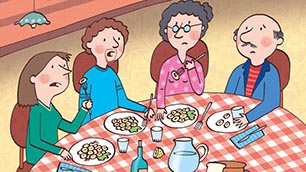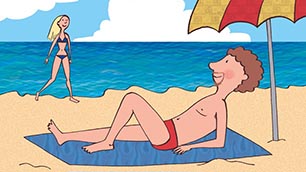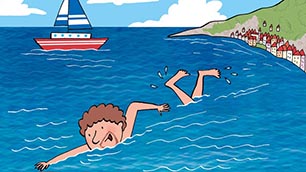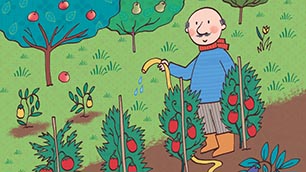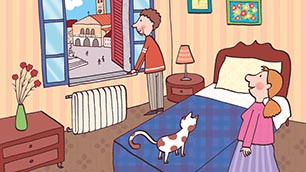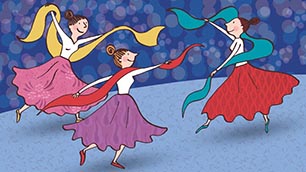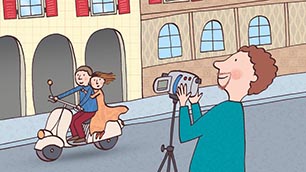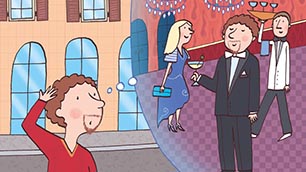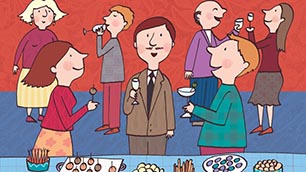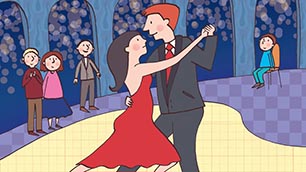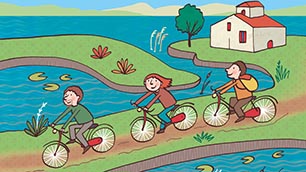I. Reflexive Verbs
A reflexive verb refers to an action that is performed on the subject of the verb. For example, in English the phrase He dresses himself is reflexive. The man doing the dressing is dressing himself.
Many verbs are explicitly reflexive in Italian, always using reflexive pronouns, whereas their English counterparts do not. The above sentence, He dresses himself can also be written He dresses. It is still a reflexive verb, but it does not use the reflexive pronoun. In Italian, however, the equivalent verb, vestirsi, must be conjugated with the reflexive pronoun: Si veste.
Reflexive verbs follow normal conjugation patterns. Their infinitive endings are -arsi, ersi, and irsi. In the following table, you can see how verbs from each of these infinitive endings are conjugated. Please note that the reflexive pronoun must be included in conjugation, but the standard pronoun does not. The reflexive pronouns and conjugated endings are in bold.







